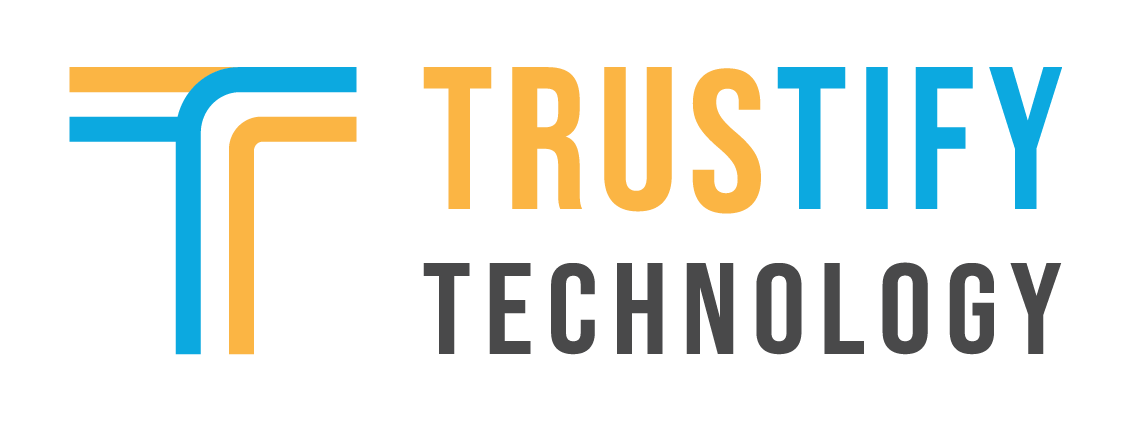Due to the emergence of new technologies, especially the rise of Generative AI in 2025, the software development landscape and development process are rapidly changing as a result. And software QA and testing are also changing accordingly – as it must adapt to the technological and methodological developments to ensure high software quality. If you are looking to stay up to date with new software testing methodologies, read on. We uncover the technology trends that are changing software QA (quality assurance) and explore the new trends in software testing.
Editor’s Note: In this article, we highlight the latest advancements in the software QA sector, from digital transformation to the greater adoption of cloud, AI, and IoT. We also explain the latest trends in software testing, such as AI-based testing and performance engineering. With decades of experience, Trustify Technology is your go to source for a deep understanding of how quality assurance and testing are adapting to this changing environment.
Navigating the Complexities of Software Testing in 2025
These technology trends have been progressing and expect to continue throughout 2025. They are expected to change the methodologies and processes of software testing, expanding the range of application types tested, creating a demand for new and specialized skills of quality assurance engineers, and thus creating a new form of software testing.
The Rise of Digital transformation
Companies are undergoing an intensive process of digital transformation and are becoming increasingly dependent on technology. This places high demands on the reliability and stability of software. Therefore, the importance of digital quality assurance has also grown rapidly. This leads to an increase in IT budgets for quality assurance and testing.
The proportion of IT budgets spent on this activity peaked in 2015 (35%), and is expected to increase again by 2025. This year, about 51% of organizations are actively planning to increase IT spending. At the same time, digital transformation requires experimentation with digital resources, which demands agility and flexibility in development and quality assurance processes.
This creates a challenge for QA managers, who must strike a balance between maintaining software stability and enabling flexibility. As a result, they continue to explore innovative ways to structure QA processes that effectively meet both demands.
The Shift to CI/CD: What It Means for Software Testing
Organizations are adopting DevOps methodologies and creating CI/CD pipelines that require rapid and frequent iterations of small pieces of software. Quality assurance teams, as a result, need to respond to the new trends, in two ways.
First, test engineers are faced with the need to adopt a shift-left approach and start testing activities early in the software development cycle. Second, testing teams must establish and maintain results-oriented collaboration with development teams, who are also involved in the quality assurance process. Development teams create and run unit tests, while testing teams validate the software at the API and UI layers.
Cloud Adoption and IoT Growth Are Changing Software Testing
Given the need for quick scalability and speed, more and more companies are migrating data storage and processing to the cloud. At the same time, more and more organizations are adopting the Internet of Things, as this technology provides access to historical business records and customer data and enables organizations to make informed business decisions based on this information. There is an intention to make significant investments in at least one IoT project.
Ensuring the quality of cloud-based and IoT applications requires more specialized skills from quality assurance engineers, and thus, quality assurance teams need to understand the impact of these applications on organizations’ business processes.
The Future of Software Testing: New Strategies and Approaches
Scaling Test Automation
With the right level of test automation, you can achieve the necessary test coverage while keeping up with tight iteration deadlines. Effective automation isn’t just about running functional test cases—it also involves automating pre- and post-testing activities like test environment setup and test data provisioning. However, even with more automation, manual testing remains essential, especially for exploratory and usability testing.
Performance Engineering
With performance engineering, instead of just identifying issues, you’ll focus on preventing and forecasting performance problems from the start. To succeed in this shift, you need to integrate performance engineering early in development, ensuring software design and architecture are optimized. This approach requires a solid understanding of coding, database schemas, and queuing theory.
It is predicted that, in 2025, performance engineering is set to replace traditional performance testing.
AI in Software Testing: The Next Big Trends
AI in Software Testing
In software quality assurance, you can apply AI to enhance various testing processes, including:
- Log Analytics – Using AI can help you identify test cases that must be executed manually and cannot be automated.
- Test Suite Optimization – You can use AI to detect redundant test cases, making your test suite more efficient.
- Traceability – AI can extract keywords from the Requirements Traceability Matrix (RTM) to ensure your test cases cover all necessary requirements.
- Predictive Analytics – Allows you to forecast key parameters of user behavior, helping you prioritize testing efforts based on anticipated application usage.
- Defect Analytics – AI assists in identifying application areas where defects pose the highest business risk, enabling you to focus on the most critical issues.
Even while AI-driven testing has a lot of potential, the field is still in its infancy. It’s possible that many businesses, including yours, still lack the infrastructure, knowledge, and technical abilities needed to fully implement AI for testing.
Nevertheless, including AI into your testing procedures will assist increasing precision, effectiveness, and overall software quality as the technology develops.
The Future of Software Testing: Key Trends to Watch
SaaS Testing
When testing SaaS applications, you need to consider their unique characteristics, such as frequent software updates, multi-tenancy, and customizable solutions tailored to different tenants. While executing fundamental testing types—including functional, performance, compatibility, and security testing—you must also ensure that configurable features work as expected.
For example, during functional testing, it’s not enough to validate default functionality against the requirements specification; you also need to verify various configuration use cases to ensure proper adaptability across tenants.
Ensuring Quality in Data-Driven Applications: A Testing Perspective
As data-driven applications become more complex, testing data warehouses and business intelligence (BI) solutions requires specialized expertise. To ensure smooth data processing and accurate ETL (Extract, Transform, Load) operations, you need to understand:
- Data warehousing concepts, architectures, and workflows to validate data integrity.
- SQL query scripts to verify data extraction and transformations.
- ETL mapping documents to ensure correct data flows across the system.
Mastering these skills will enable you to effectively test and maintain high-performance data-centric applications.
IoT Devices Testing
Testing IoT applications requires a multi-layered approach, as these solutions involve interconnected smart devices, cloud services, networks, and user interfaces.
You’ll need to perform various types of testing across different components of an IoT architecture:
- Functional Testing – Ensures smart devices, cloud servers, and user applications function according to specifications.
- Compatibility Testing – Verifies that IoT software runs correctly across different devices, embedded systems, and communication protocols.
- Usability Testing – Assesses navigation, workflows, and accessibility in IoT applications to enhance user experience.
- Security Testing – Validates data privacy controls and authentication mechanisms across all IoT layers.
- Interoperability Testing – Ensures seamless interaction between various IoT components without data loss or performance degradation.
- Performance Testing – Examines system reliability and response times under normal, extreme, and continuous loads.
- Compliance Testing – Confirms that your IoT solution adheres to industry regulations, such as HIPAA and PCI DSS, ensuring legal compliance and data security.
Adapting to the Evolving Software Testing Landscape
Software testing changes to keep up with the ongoing transformation of software development brought about by new technologies and approaches. There are two main ways in which this evolution occurs:
- New testing methodologies emerge: As technology advances, your software testing strategy must change to adapt with technological advancements.
- The scope of testing expands – The range of testing objects increases, necessitating the development of new methods and specialized knowledge.
Software testing team, as a result, must constantly improve knowledge, pick up new testing techniques, and develop expertise in cutting-edge testing technology – in order to remain relevant in this dynamic environment. By doing this, software companies can guarantee that quality stays at the highest standards regardless of how the industry changes.


